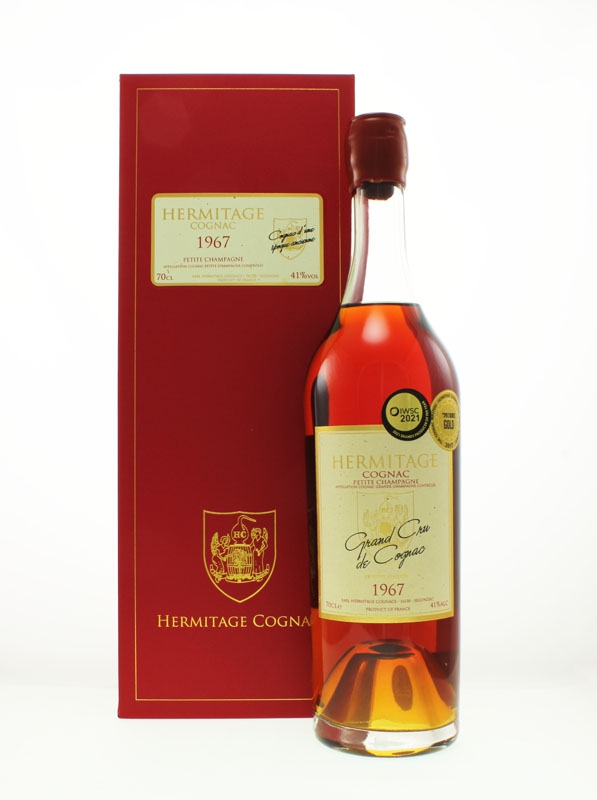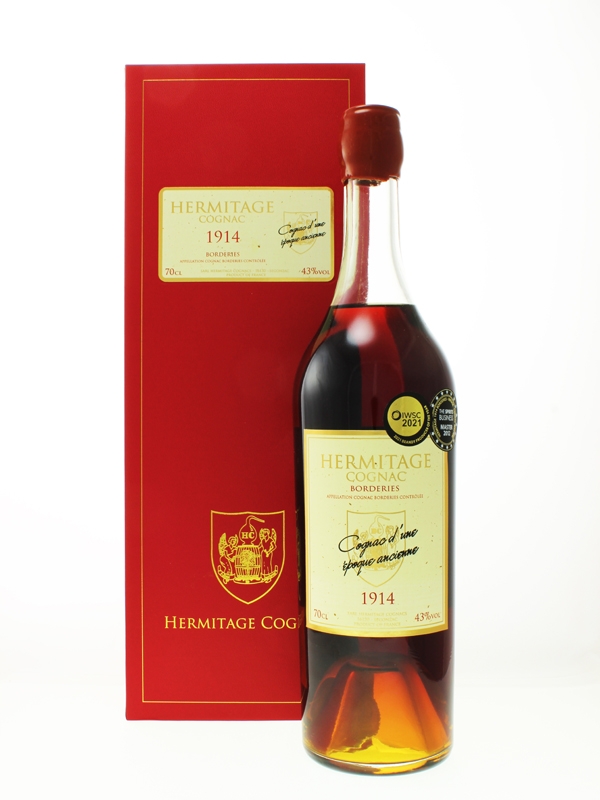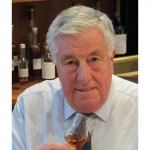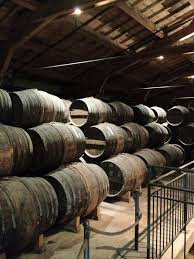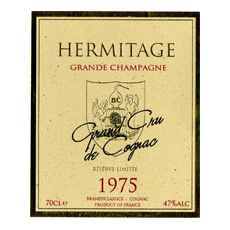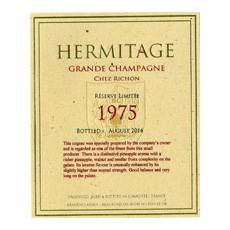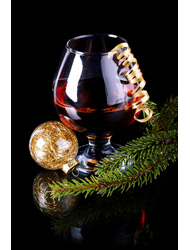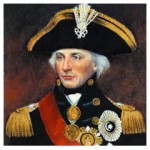Drinking Cognac, Whisky and Water
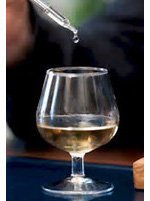 We read in the papers that Swedish scientists claim to have found proof that adding water to whisky will make it tastier. To be fair to Professor Bjorn Karlsson, who led the research, he does say that the balance will depend on the concentration and taste compounds that are characteristic of each whisky. However, it is also claimed that, similar considerations can be used to optimise the alcohol concentrations of other spirits including gin, rum and brandy. Drinking cognac with water is certainly a topic for discussion.
We read in the papers that Swedish scientists claim to have found proof that adding water to whisky will make it tastier. To be fair to Professor Bjorn Karlsson, who led the research, he does say that the balance will depend on the concentration and taste compounds that are characteristic of each whisky. However, it is also claimed that, similar considerations can be used to optimise the alcohol concentrations of other spirits including gin, rum and brandy. Drinking cognac with water is certainly a topic for discussion.
We are not scientists but we do taste thousands of cognacs and we do sometimes add water to cognac. Adding water is about creating the optimum balance i.e. maximum flavour and minimum bite. That said, when we do add water to reduce a cognac it is done very slowly. With cognac strengths close to 40% alcohol by volume, it can take years for the added water to create an acceptable balance. Indeed, water can be detected on the palate in the early stages of dilution as water and spirit are notoriously difficult to blend together.
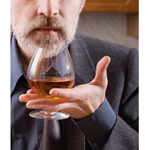 Whisky is of course different from cognac both in taste and chemically. Cognac can provide thousands of different flavours as it is the result of a wine distillation rather than distillation from grain. However, taste is not the complete sensation as aroma also provides a fuller mind perception which enhances our enjoyment of cognac. It is believed that 50% of the perception of taste comes from the aroma. Sometimes aroma can be blinded by the alcohol content but the addition of water can also dilute the aroma and hence the total enjoyment. Conversely, some cognacs are enhanced by a greater alcohol content. Good examples are our Hermitage 1975 and Hermitage 1987, each with a strength of 47% abv.
Whisky is of course different from cognac both in taste and chemically. Cognac can provide thousands of different flavours as it is the result of a wine distillation rather than distillation from grain. However, taste is not the complete sensation as aroma also provides a fuller mind perception which enhances our enjoyment of cognac. It is believed that 50% of the perception of taste comes from the aroma. Sometimes aroma can be blinded by the alcohol content but the addition of water can also dilute the aroma and hence the total enjoyment. Conversely, some cognacs are enhanced by a greater alcohol content. Good examples are our Hermitage 1975 and Hermitage 1987, each with a strength of 47% abv.
Everybody’s perception of taste can change but adding water in the glass to high quality cognacs (and I suspect whisky) to improve the flavour is a myth. Apart from the slightly oily effect created on the palate when the water is added, it also changes the alcoholic strength. This will dilute the aroma in the glass which, of course, in turn reduces the flavour. Pure alcohol has no smell but it enhances the flavour of the cognac. However, if the alcohol is released by swirling the cognac (or whisky), it will sit on the surface of the liquid and blind the aroma.
Adding water in the glass unbalances your spirit as both taste and aroma are changed. Sorry Professor, may I recommend that you start drinking your spirits, rather than testing them, to find some real pleasure in the flavour?

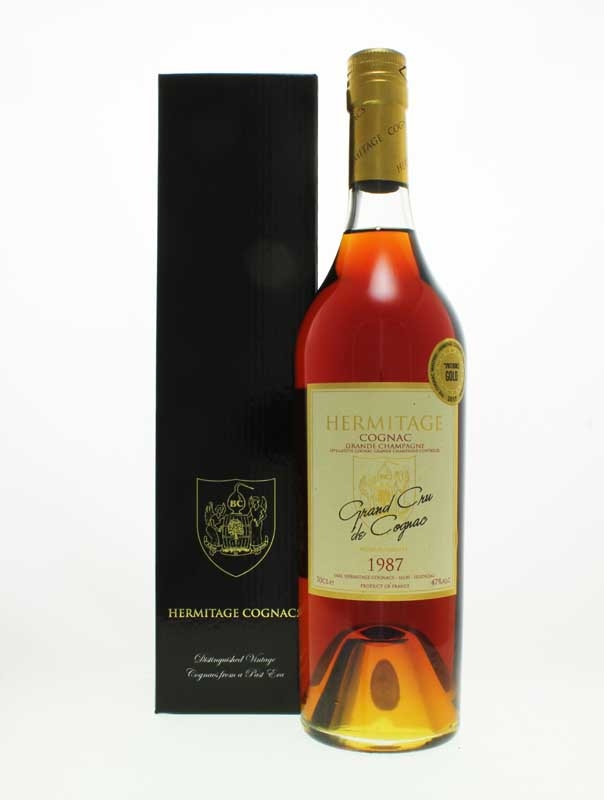
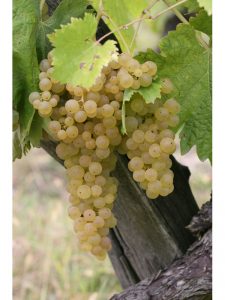 For the last three centuries
For the last three centuries 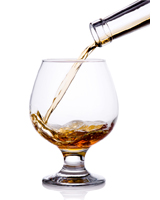 There is no other spirit in the world that can compare with the sophistication, complexity and length of time it takes to produce a bottle of
There is no other spirit in the world that can compare with the sophistication, complexity and length of time it takes to produce a bottle of 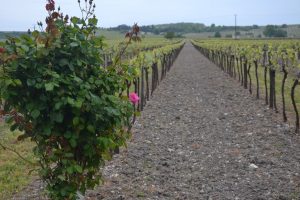 On a recent trip to the Charente I took this picture of a rose bush at the end of a row of
On a recent trip to the Charente I took this picture of a rose bush at the end of a row of 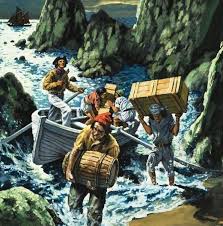 During the 18th Century smuggling in Cornwall was a way of life. It is said that at its peak, more than 500,000 gallons of French brandy was smuggled in per year. This equates to more than two million bottles. Whole families were involved and the number of smugglers far outweighed the number of Excise men stationed along the coast to stop them. There was a strong incentive to continue since the cost of buying brandy legally, with Alcohol Duty paid, was five times greater than the cost of the contraband. It was often the case that even the judiciary, doctors and priests were in on the act as they provided the funds.
During the 18th Century smuggling in Cornwall was a way of life. It is said that at its peak, more than 500,000 gallons of French brandy was smuggled in per year. This equates to more than two million bottles. Whole families were involved and the number of smugglers far outweighed the number of Excise men stationed along the coast to stop them. There was a strong incentive to continue since the cost of buying brandy legally, with Alcohol Duty paid, was five times greater than the cost of the contraband. It was often the case that even the judiciary, doctors and priests were in on the act as they provided the funds.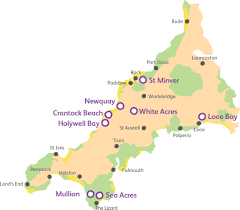 Most of the brandy came from the ports of La Rochelle and Rochefort and illegal shipments arrived regularly at Falmouth coves such as Helford, Gweek, Porthallow and Godrevy. The French were still reducing their wines for easier transportation to England, Ireland and Holland. The quantity of brandy shipped to England did much to support the French brandy industry during the 18th Century. However, by the early 1800s Customs had started to gain a level of control. Some smugglers were apprehended but juries were often reluctant to convict as many had connections with the trade. Even by the mid 19th Century, £millions were still being lost due to the Cornish smugglers evading tax.
Most of the brandy came from the ports of La Rochelle and Rochefort and illegal shipments arrived regularly at Falmouth coves such as Helford, Gweek, Porthallow and Godrevy. The French were still reducing their wines for easier transportation to England, Ireland and Holland. The quantity of brandy shipped to England did much to support the French brandy industry during the 18th Century. However, by the early 1800s Customs had started to gain a level of control. Some smugglers were apprehended but juries were often reluctant to convict as many had connections with the trade. Even by the mid 19th Century, £millions were still being lost due to the Cornish smugglers evading tax.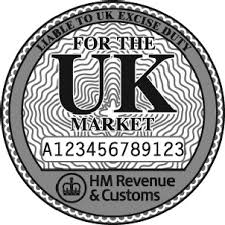 Alcohol Duty is of course an important part of the British tax system and is calculated today at a cost of £28.74 per litre of pure spirit. A 70cl bottle of brandy at 40% alcohol by volume (abv) therefore attracts a duty of £8.05. Shipments of
Alcohol Duty is of course an important part of the British tax system and is calculated today at a cost of £28.74 per litre of pure spirit. A 70cl bottle of brandy at 40% alcohol by volume (abv) therefore attracts a duty of £8.05. Shipments of 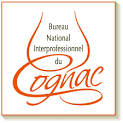 region and created the wine and eaux-de-vie distribution bureau to preserve the cognac stock. When the war ended this organisation emerged as the Bureau National Interprofessionnel du Cognac (BNIC), cognac’s governing body. Composed equally of growers and merchants, the BNIC acquired a great deal of de facto independence from the government in the formulation and supervision of the rules governing
region and created the wine and eaux-de-vie distribution bureau to preserve the cognac stock. When the war ended this organisation emerged as the Bureau National Interprofessionnel du Cognac (BNIC), cognac’s governing body. Composed equally of growers and merchants, the BNIC acquired a great deal of de facto independence from the government in the formulation and supervision of the rules governing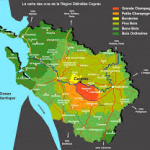 cognac. The BNIC also took over the role, previously performed by Martell and Hennessy, of deciding the price of new brandies from various crus. The cognac region had been divided into crus in the 1930s as a natural consequence of the Appellation d’Origine Contrôlée system which had become law in 1905.
cognac. The BNIC also took over the role, previously performed by Martell and Hennessy, of deciding the price of new brandies from various crus. The cognac region had been divided into crus in the 1930s as a natural consequence of the Appellation d’Origine Contrôlée system which had become law in 1905.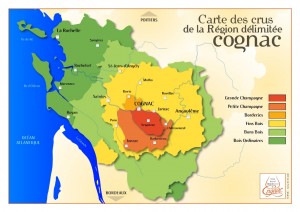 There are six growing areas (crus) which are based on the soil features as described by the geologist Henri Coquand in 1860 and ratified by decree in 1938. They are Grande Champagne the second smallest cru with a growing area of 13,159ha, Petite Champagne with 15,246ha and Borderies the smallest cru with 3,987ha of vines. Fins Bois has 31,001 ha of vines, Bons Bois 9,308ha and Bois Ordinaires 1,100ha which includes the islands of Ré and Oléron.
There are six growing areas (crus) which are based on the soil features as described by the geologist Henri Coquand in 1860 and ratified by decree in 1938. They are Grande Champagne the second smallest cru with a growing area of 13,159ha, Petite Champagne with 15,246ha and Borderies the smallest cru with 3,987ha of vines. Fins Bois has 31,001 ha of vines, Bons Bois 9,308ha and Bois Ordinaires 1,100ha which includes the islands of Ré and Oléron.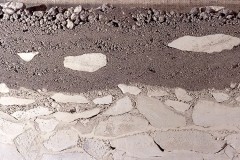 soils on top of soft chalk from the Cretaceous. The limestone content from the surface down is said to be in excess of 60% in some places. Montmorillonite clay provides fertile soil with good structure and a high water reserve. Wines from these crus provide light, floral cognacs which require long ageing in casks to achieve full maturity. It is generally regarded that the cognacs from Petite Champagne are similar to those from Grande Champagne but with a little less finesse.
soils on top of soft chalk from the Cretaceous. The limestone content from the surface down is said to be in excess of 60% in some places. Montmorillonite clay provides fertile soil with good structure and a high water reserve. Wines from these crus provide light, floral cognacs which require long ageing in casks to achieve full maturity. It is generally regarded that the cognacs from Petite Champagne are similar to those from Grande Champagne but with a little less finesse.